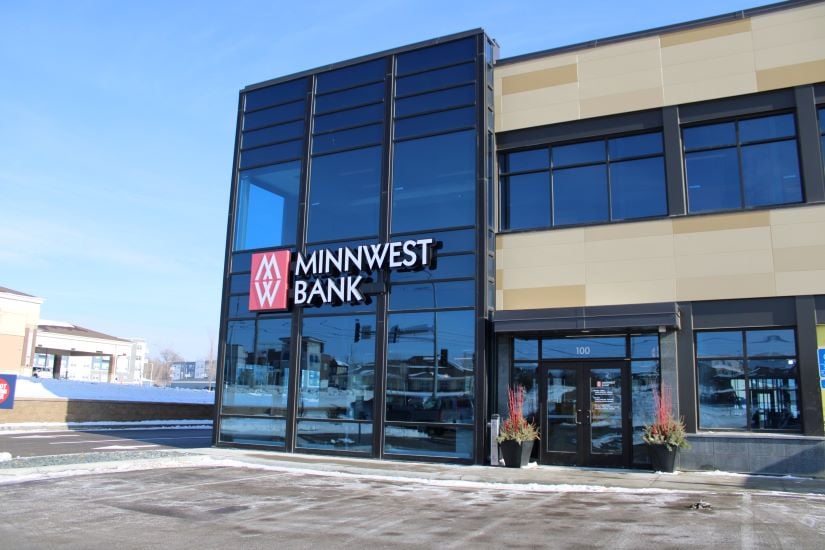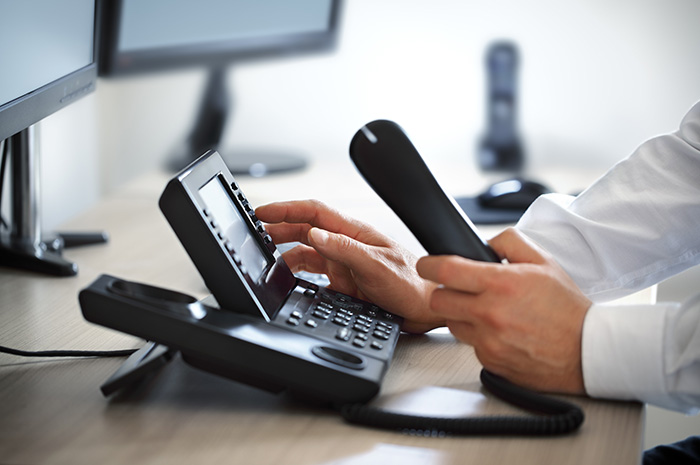Interested in mobile banking, but not so sure if it’s safe and secure? If you’re one of the proud members of the baby boomer generation, that might resonate with you. It’s not because you’re tech averse. Indeed, more than two-thirds (68%) of baby boomers use smartphones and 42% already use online banking tools on a desktop computer. Though mobile banking is the top method for anyone born after 1965, just under a quarter of boomers (24%) use their mobile devices for banking.
Benefits of mobile banking
If you have a mobile phone and haven’t tried mobile banking yet, you’ll find it’s a very convenient and intuitive way to manage your money, especially when you’re on the go. Here’s how you can put this technology to work in your life.
Account control from anywhere
Mobile banking is a game-changer when it comes to traveling and shopping. Instead of having to look for a branch bank or a compatible ATM, you can check your balance and transfer funds with a few swipes.
Safety features
Some features make it even easier to bank safely. If you lose your debit card, you can turn it off with a switch — no waiting on hold to get it done.
Deposit checks from the comfort of home
There’s no need to rush to the bank before it closes. You can deposit checks from the safety of your home. (Though our friendly tellers will always be glad to see you.) Using your secure bank app, follow the prompts to take photos of the front and back of the endorsed check, and the bank will use the information on the check to initiate a transfer.
Online bill pay
Spend less time writing physical checks and licking stamps by using digital bill pay features. With your online banking app, simply enter the details of your accounts and choose whether you want to automate payment (have the payment sent on a schedule) or maintain manual payments.
Easy transfer
Person-to-person payment is one of the best things about mobile banking. You don’t have to write a check or remember to bring cash. All you need is your friend’s mobile number and email address, and the bank will transfer the funds for you. It works even if they use a different banking service than you.
How to do mobile banking safely
If you’re mobile hesitant, you may be thinking this all sounds well and good, but is mobile banking really safe? And how can you be sure your personal and account details are protected? In the following, we’ll talk about how to protect your financial data.
Get scam savvy
You may have heard about scammers who send phishing texts and emails, trying to trick you into revealing your personal information. That can be enough to scare you away from mobile banking. But if you get to know their tricks — and how banks use communication protocols — you will become savvy at spotting scams.
Minnwest Bank — and any other bank, for that matter — is committed to your privacy and keeping your account safe. When we communicate with you, we follow a specific protocol, so you can know exactly what to expect. That means if you receive a text or email requesting any of the following, be aware! It’s probably cyber thieves trying to trick you into giving away valuable account information.
-
- Account number
- Username
- Social Security number
- PIN
- Personal details (address, date of birth)
Keep in mind, thieves use urgent or alarming language in hopes you’ll click the link without thinking about it. A classic example is a text “alert” that your account is deactivated, and you need to reply with your PIN right away! (Again, banks don’t do that. If something serious happens to your account, the bank isn’t going to text you.) Though you certainly can opt in to get text notifications, they’re sent based on the settings you chose. If you see something strange or unfamiliar, check into it right away. Check out this blog for more fraud prevention tips!
Don’t leave your account open
As soon as you’re done with a transaction on your mobile banking app, make sure you log out and close the app.
Activate the phone’s lock feature
Just in case you lose your phone, that handy pass code will make it harder for thieves to access your accounts and personal information.
Install an antivirus app
When you’re on the go, this extra layer of security can bring peace of mind, alerting you when you’ve accessed an unsecured Wi-Fi network, so you don’t end up exposing your personal details to bad actors. Premium features can add extra protection for secure browsing on public Wi-Fi hotspots and include a “kill switch” that erases data on lost or stolen devices.
Always use a strong password
Here’s how to create one.
-
- Use at least one capital letter, number and symbol, and make sure it’s 8 characters or longer.
- Don’t weave in personal information into your password, such as family names and important dates.
- To build an easy-to-remember password, use personal “key words.” Build phases that you can remember, but never use specific facts that someone could discover through computer hacking. Instead of street names, birthdates and family names, build phrases from inside jokes, vacations, an object on your desk, or a recent meal.
Use secure Wi-Fi
Never log in to your bank accounts when using a public hot spot, especially if your device lacks antivirus protection. Someone could have access to the online activity on this network, and collect your account details.
Use the official app
Cyber thieves have been known to build convincing fakes of web browsers. For error-free mobile banking, download the bank’s official app.
Be a smart online shopper
Only purchase from trusted, established retailers. Never enter your financial details without checking for encryption on the site. You’ll know it's encrypted when the URL starts with HTTPS, rather than the usual HTTP, and you’ll see an icon of a closed padlock.
Now that you know it’s safe and secure, discover the freedom and convenience of mobile banking. Download our app today and link your account. It's free and secure. Learn more about our convenient online and digital services and talk to a personal banker today!


